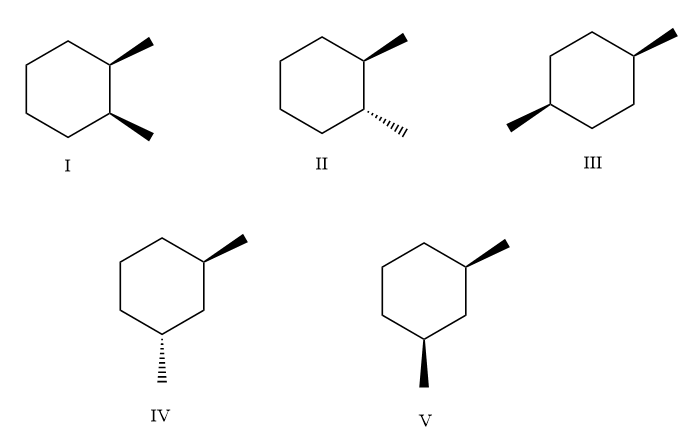Reactive Intermediates
In chemistry, reactive intermediates are termed as short-lived, highly reactive atoms with high energy. They rapidly transform into stable particles during a chemical reaction. In specific cases, by means of matrix isolation and at low-temperature reactive intermediates can be isolated.
Hydride Shift
A hydride shift is a rearrangement of a hydrogen atom in a carbocation that occurs to make the molecule more stable. In organic chemistry, rearrangement of the carbocation is very easily seen. This rearrangement can be because of the movement of a carbocation to attain stability in the compound. Such structural reorganization movement is called a shift within molecules. After the shifting of carbocation over the different carbon then they form structural isomers of the previous existing molecule.
Vinylic Carbocation
A carbocation where the positive charge is on the alkene carbon is known as the vinyl carbocation or vinyl cation. The empirical formula for vinyl cation is C2H3+. In the vinyl carbocation, the positive charge is on the carbon atom with the double bond therefore it is sp hybridized. It is known to be a part of various reactions, for example, electrophilic addition of alkynes and solvolysis as well. It plays the role of a reactive intermediate in these reactions.
Cycloheptatrienyl Cation
It is an aromatic carbocation having a general formula, [C7 H7]+. It is also known as the aromatic tropylium ion. Its name is derived from the molecule tropine, which is a seven membered carbon atom ring. Cycloheptatriene or tropylidene was first synthesized from tropine.
Stability of Vinyl Carbocation
Carbocations are positively charged carbon atoms. It is also known as a carbonium ion.
Which of the following substituted cyclohexanes is most stable?

The stability of cyclohexanes refers to the relative stability of different conformations of cyclohexane, a six-membered carbon ring.
The chair conformation is the most stable in cyclohexane because it minimizes ring strain by using a nearly ideal bond angle of roughly 109.5 degrees. The chair conformation allows for the most favorable orbital overlap and decreases steric interactions between substituents. The concept of ring strain and the effect of the substituents on the chair conformation of cyclohexane must be taken into account in order to assess the relative stability of the substituted cyclohexanes.
The given cyclohexanes are substituted with methyl groups which are shown as:

Step by step
Solved in 5 steps with 4 images









